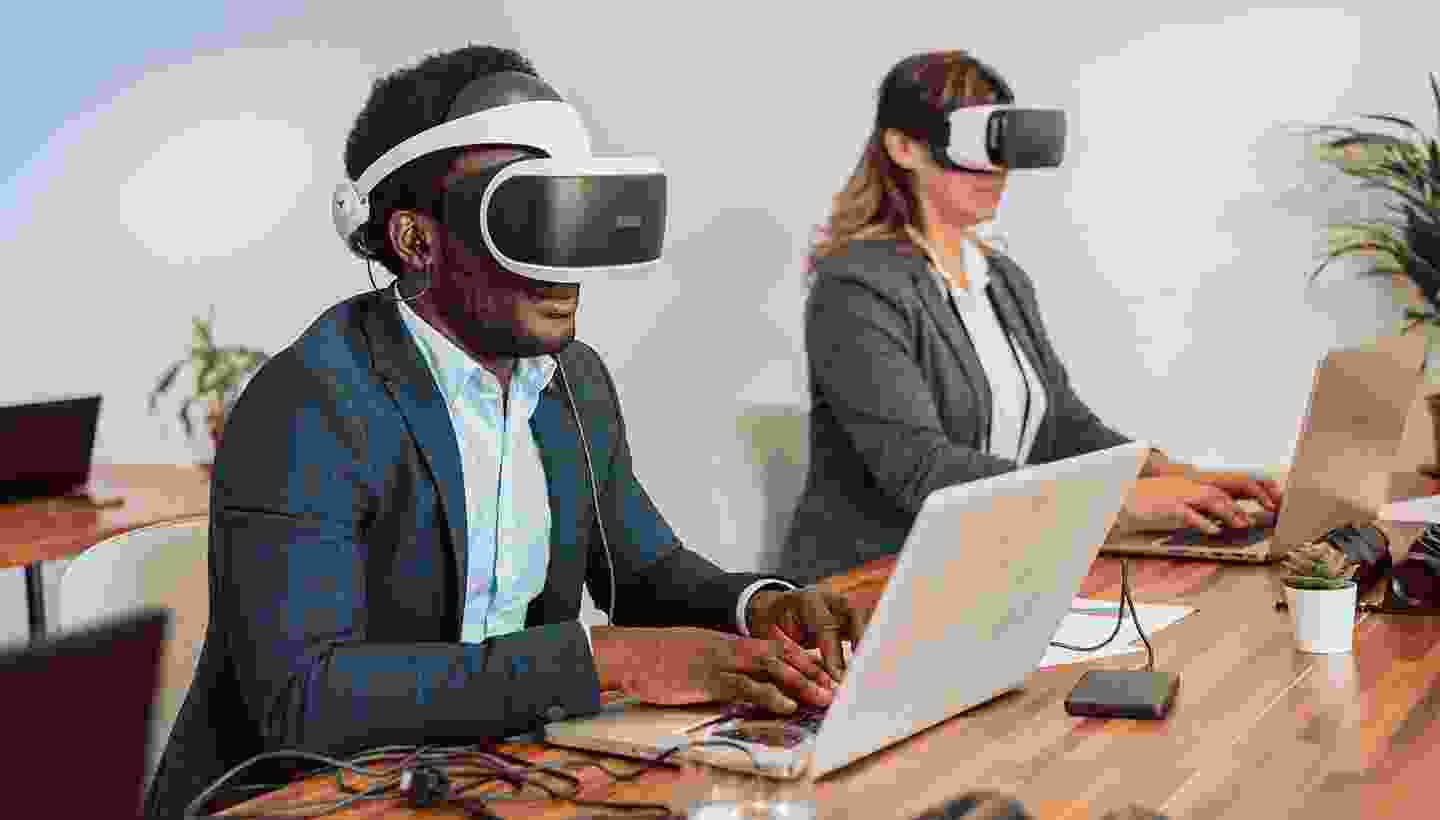Every business owner dreams of rapid growth, but the path to expansion is littered with costly mistakes that can derail even the most promising...
Virtual Reality, Augmented Reality, and other immersive technologies are no longer science fiction concepts—they’re powerful marketing tools transforming how brands engage with customers. Forward-thinking companies are leveraging these technologies to create unforgettable experiences that drive engagement, build brand loyalty, and generate measurable results.
Virtual Reality: Creating Immersive Brand Experiences
VR technology allows brands to transport customers into entirely new worlds. Real estate companies offer virtual property tours, allowing buyers to explore homes from anywhere in the world. Automotive brands create virtual test drives, letting customers experience new vehicles without visiting dealerships. Travel companies use VR to showcase destinations, giving potential travelers a taste of their dream vacation before booking.
The impact is significant: brands using VR experiences report 30% higher engagement rates and 25% better conversion rates compared to traditional marketing methods.

Augmented Reality: Bridging Digital and Physical Worlds
AR technology overlays digital information onto the real world, creating interactive experiences through smartphones and tablets. Furniture retailers like IKEA allow customers to visualize products in their actual homes before purchasing. Beauty brands offer virtual try-on experiences, letting customers test makeup and hair colors instantly. Fashion retailers enable virtual fitting rooms, reducing return rates by up to 40%.
This technology particularly excels in e-commerce, where the inability to physically interact with products has always been a barrier to purchase decisions.
Mixed Reality and Interactive Displays
Mixed Reality combines VR and AR elements, creating hybrid experiences where digital and physical objects coexist. Brands are using MR for product demonstrations, training experiences, and interactive retail environments. These technologies are particularly effective at trade shows and events, where memorable experiences translate directly into lead generation.

AI-Powered Personalization in Immersive Experiences
Artificial intelligence enhances immersive technologies by personalizing experiences based on user behavior and preferences. AI can adapt VR environments in real-time, modify AR overlays based on user interests, and create unique interactive experiences for each customer.
Measuring ROI from Immersive Marketing
While these technologies require initial investment, the returns are measurable. Key metrics include increased time spent with brand content, higher social media sharing rates, improved brand recall, and ultimately, stronger conversion rates. Companies implementing immersive marketing strategies report average ROI increases of 20-35% within the first year.
Implementation Strategies for Different Business Types
Retail and E-commerce: Focus on AR try-on experiences and virtual showrooms to reduce return rates and increase customer confidence.
Real Estate: Utilize VR for property tours and AR for renovation visualization to accelerate sales cycles.
Education and Training: Implement VR simulations for hands-on learning experiences that improve retention and engagement.
Healthcare: Use AR for patient education and VR for therapeutic applications, enhancing both understanding and outcomes.
Overcoming Common Implementation Challenges
The main barriers to adoption include initial costs, technical complexity, and user accessibility. However, costs are decreasing rapidly, and user-friendly platforms are making implementation more accessible to businesses of all sizes. Starting with simple AR filters or basic VR experiences allows companies to test effectiveness before larger investments.
The Future of Immersive Marketing
As 5G networks expand and hardware becomes more affordable, immersive technologies will become standard marketing tools rather than innovative experiments. Brands that begin experimenting now will have significant advantages as these technologies become mainstream.



